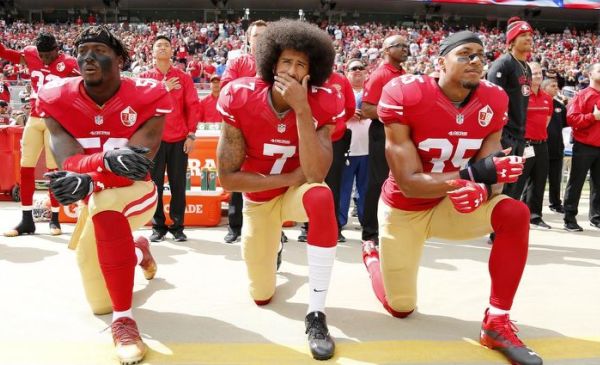The Home Depot’s “How doers get more done” is a customer empowerment promise akin to Nike’s legendary “Just Do It.” The brand is itself a “doer” of a balanced use of what we call hard and soft power. Often, power is equated with worth, valuation, stock price, access to capital, growth, market share, category dominance, etc. This is what we define as hard power. Soft power, on the other hand, is the proverbial velvet hammer....
NEW THINKING





